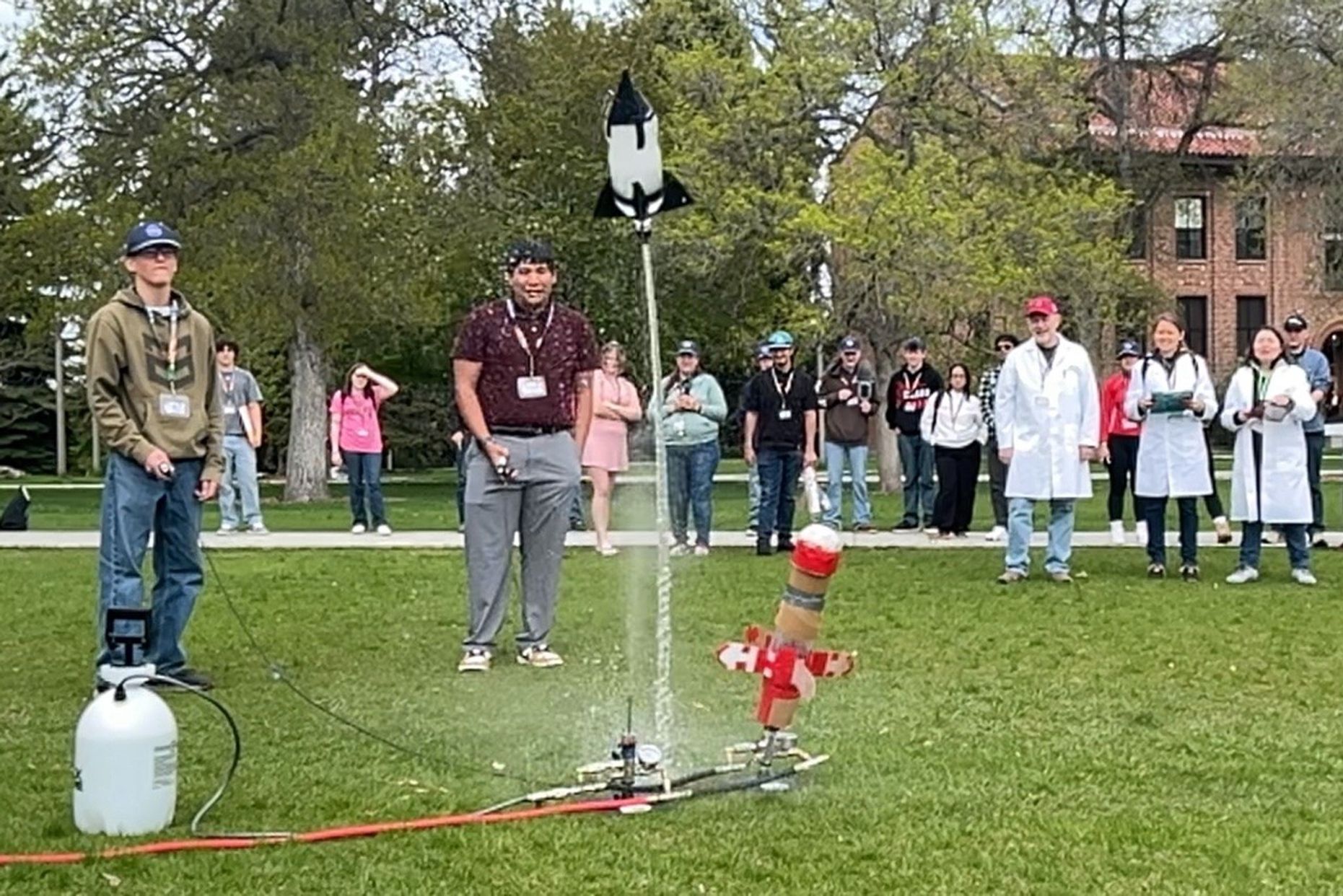This is a story more than 4.5 billion years in the making. We’ve always referred to Mars as the red planet because of its surface color. But what’s below that dusty crust? We don’t know.
A new NASA mission is determined to find out. On May 5, 2018, an Atlas V rocket launched the InSight Lander to Mars. InSight is a 19 foot (6 meter), 794 pound (360 kg) solar powered data gathering machine, armed with a nearly 8 foot (2.4 meter) robotic arm and an array of specialized sensors. Over the two years of its primary mission, or a little over one Martian year, InSight will help scientists determine the structure of the Martian interior, including the size of the planet’s core, and the thickness of its crust and mantle. It will also help scientists determine the elements found in the core and the composition of the crust and mantle.
Bruce Banerdt is InSight’s principal investigator at NASA's Jet Propulsion Laboratory in Pasadena, California. “Information gleaned from the mission”, he explains, “will help scientists compare what’s found in Mars to what we believe is deep inside our own planet. It will also help improve the computer models of early planet formation of our neighbors in the inner solar system, and even what may be inside rocky exoplanets. In essence, it could help us better understand how planets are born.”
Shortly after landing, InSight’s robotic arm will lift a seismometer and heat probe from its deck and place them on the surface. A camera on the arm will show a color 3D view of the landing site. Sensors will measure weather and magnetic field variations. And then the real work begins.
The heat probe will burrow itself into the crust, millimeters at a time, until it reaches a depth of about 16 feet (5 meters) and then measure how warm the interior is and how much heat is flowing through the planet.
The seismometer, on the other hand, will measure the tectonic activity on the planet. Just how many – not earthquakes but Marsquakes – are produced over time? How powerful are they? Do they have a pattern or are they randomly located?
When a quake occurs on a planet, it releases waves of energy that bounce throughout the interior of that planet. The waves travel at different velocities depending on the geologic material they travel through, and if the waves travel along the surface or deep into the planet. Insight’s seismometers will measure the size, frequency and speed of these waves, giving scientists a snapshot of the material they pass through. Banerdt says, "It's a bit like taking a CT scan of a planet."
And InSight will not only look below, but above, measuring how often meteorites impact the surface.
Combined, InSight’s many experiments may help scientists explain why some rocky planets turn into an "Earth" rather than a "Mars" or "Venus". And that’s a factor that’s essential to our understanding of where life can appear in the universe.
To get even more InSight into this first-of-its-kind mission, visit science.nasa.gov.































